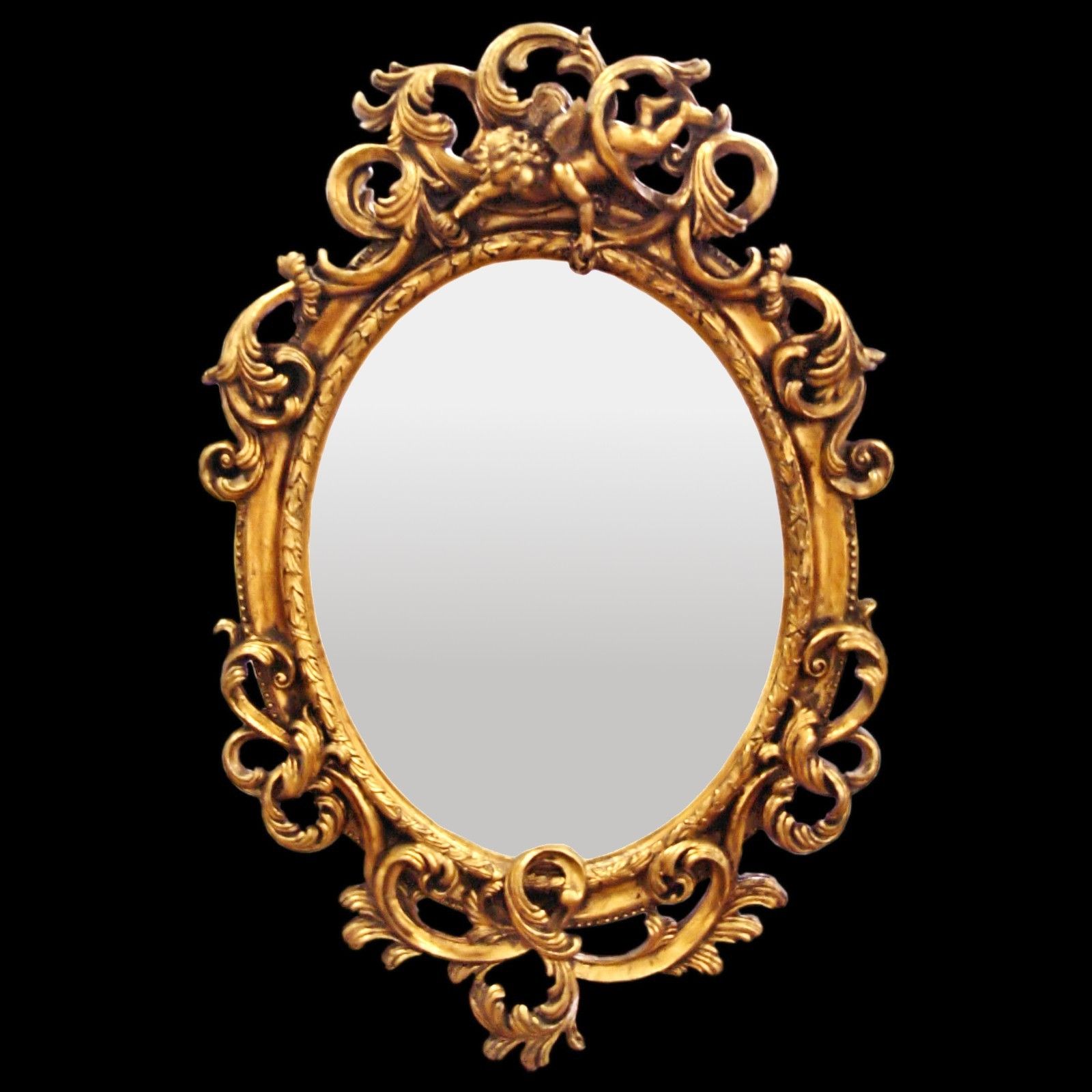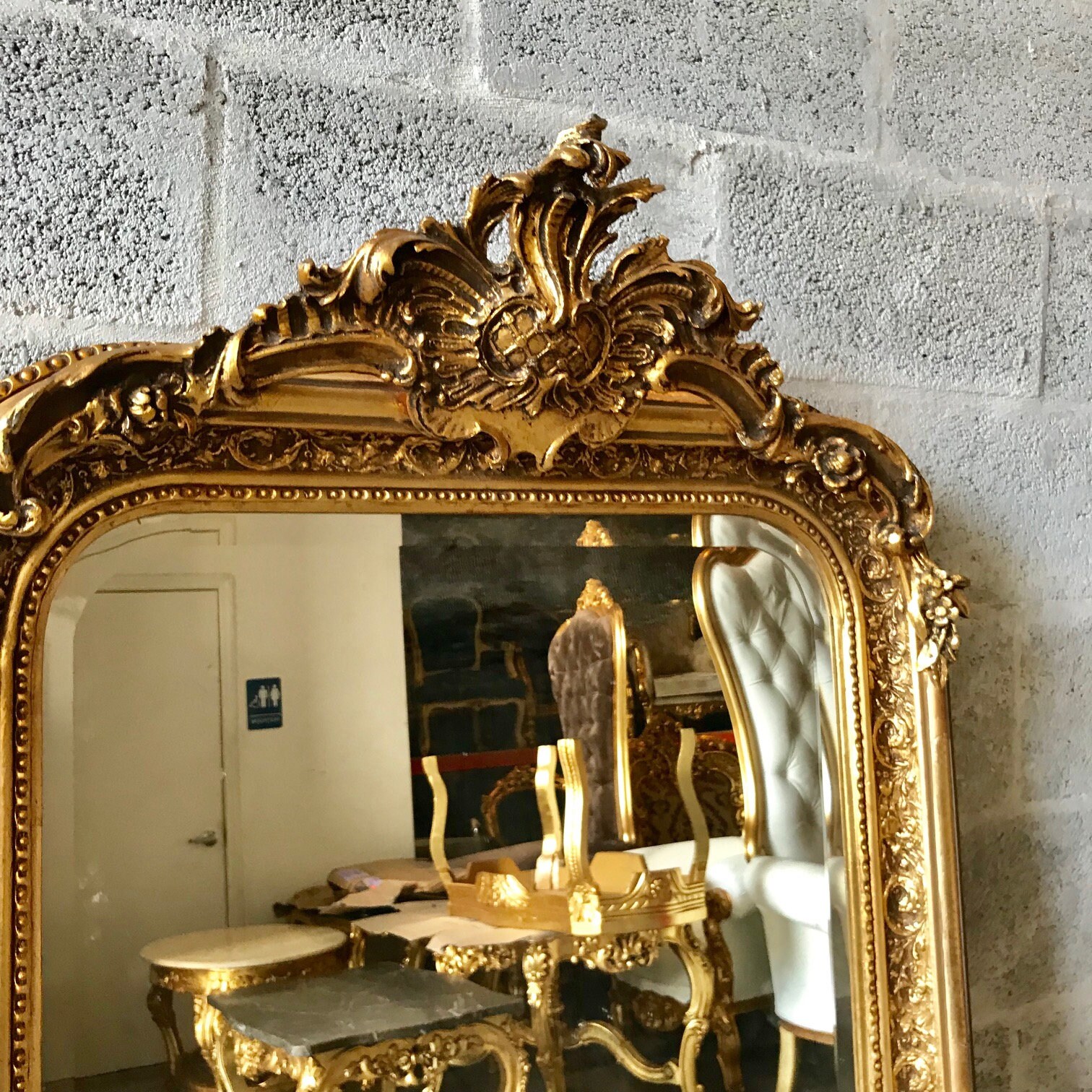Historical Significance of Baroque Mirrors

Baroque mirrors emerged during the Baroque period, an artistic movement that flourished in Europe from the 16th to 18th centuries. Baroque mirrors reflect the grandeur and opulence of the era, with their elaborate frames and ornate designs.
The baroque mirror, with its intricate carvings and gilded frames, exudes an air of opulence and grandeur. While it may seem like an unlikely pairing, the bohemian spirit of a boho tapestry can complement the baroque mirror’s ornate aesthetic, creating a harmonious blend of old-world charm and bohemian flair.
The tapestry’s vibrant colors and eclectic patterns add a touch of whimsy and eclecticism, balancing the baroque mirror’s formality.
The origins of baroque mirrors can be traced back to the Renaissance period, when mirrors became more common and affordable. During the Baroque period, mirrors were not only functional objects but also status symbols, often commissioned by wealthy patrons to showcase their wealth and taste.
Influence of the Rococo Period
The Rococo period, a late phase of the Baroque era, had a significant influence on baroque mirror design. Rococo mirrors are characterized by their lighter, more delicate frames, often adorned with asymmetrical curves and floral motifs. They also feature more naturalistic elements, such as garlands of flowers and fruits.
Baroque mirrors, with their ornate frames and intricate details, can add a touch of elegance to any outdoor patio decor. Outdoor patio decor is a great way to extend your living space and enjoy the outdoors, and baroque mirrors can help create a sophisticated and inviting atmosphere.
Whether you choose a large, statement-making mirror or a smaller, more subtle piece, a baroque mirror can add a touch of glamour to your outdoor space.
Notable Baroque Mirrors
Some notable baroque mirrors include:
- The Hall of Mirrors at Versailles, France, is one of the most famous examples of baroque mirrors. It features over 350 mirrors, creating an illusion of infinite space and grandeur.
- The Grand Salon at the Hôtel de Soubise, Paris, is another notable example of baroque mirrors. The mirrors in this room are framed with intricate carvings and gilded with gold leaf.
- The Mirror Gallery at the Schönbrunn Palace, Vienna, is a stunning example of a Rococo mirror. The gallery features over 1,000 mirrors, creating a dazzling and opulent space.
Design Characteristics of Baroque Mirrors

Baroque mirrors are characterized by their elaborate and opulent designs, often featuring intricate carvings, gilding, and scrollwork. They are typically large in size, with rectangular or oval shapes being the most common. Baroque mirrors often serve as a focal point in a room, adding a touch of grandeur and drama to the decor.
Shape and Size
Baroque mirrors come in a variety of shapes and sizes, but rectangular and oval shapes are the most common. Rectangular mirrors are often used over mantels or above doorways, while oval mirrors are often used in pairs to flank a fireplace or doorway. Baroque mirrors can be quite large, with some measuring over 6 feet in height. The large size of these mirrors helps to create a sense of grandeur and opulence in a room.
Ornamentation, Baroque mirror
Baroque mirrors are known for their elaborate ornamentation. Carving, gilding, and scrollwork are all common decorative elements. Carvings can be found on the frame of the mirror, as well as on the crest and apron. Gilding is often used to highlight the carvings and to add a touch of luxury to the mirror. Scrollwork is often used to create a sense of movement and drama.
Symbolism and Allegory
Baroque mirrors often incorporate symbolism and allegory into their design. For example, a mirror with a crest featuring a sunburst may represent the glory of God. A mirror with a crest featuring a dove may represent the Holy Spirit. Baroque mirrors can also be used to tell stories. For example, a mirror with a crest featuring a scene from the Bible may be used to illustrate a particular story or parable.
Contemporary Applications of Baroque Mirrors

Baroque mirrors have made a grand resurgence in modern interior design, gracing contemporary spaces with their opulent charm and timeless elegance. Their intricate carvings, sweeping curves, and reflective surfaces bring a touch of grandeur to any room, creating an instant focal point and enhancing the overall aesthetic.
Baroque mirrors can be seamlessly incorporated into various room settings, complementing different design styles and color palettes. In living rooms, they serve as statement pieces above fireplaces or accentuate seating arrangements, reflecting light and creating an illusion of spaciousness. In bedrooms, they add a touch of luxury above dressers or vanities, reflecting the beauty of the room and its occupants.
Incorporating Baroque Mirrors into Contemporary Spaces
The aesthetic benefits of baroque mirrors are undeniable. Their ornate frames and elaborate designs add visual interest and texture to any space, creating a sense of depth and dimension. The reflective surfaces bounce light around the room, illuminating dark corners and making the space feel brighter and more inviting.
Beyond aesthetics, baroque mirrors also offer functional benefits. They can be used to create focal points, draw attention to specific areas of the room, and balance the visual weight of other furniture pieces. The reflective surfaces can also be strategically placed to enhance natural light and make a room feel more spacious.